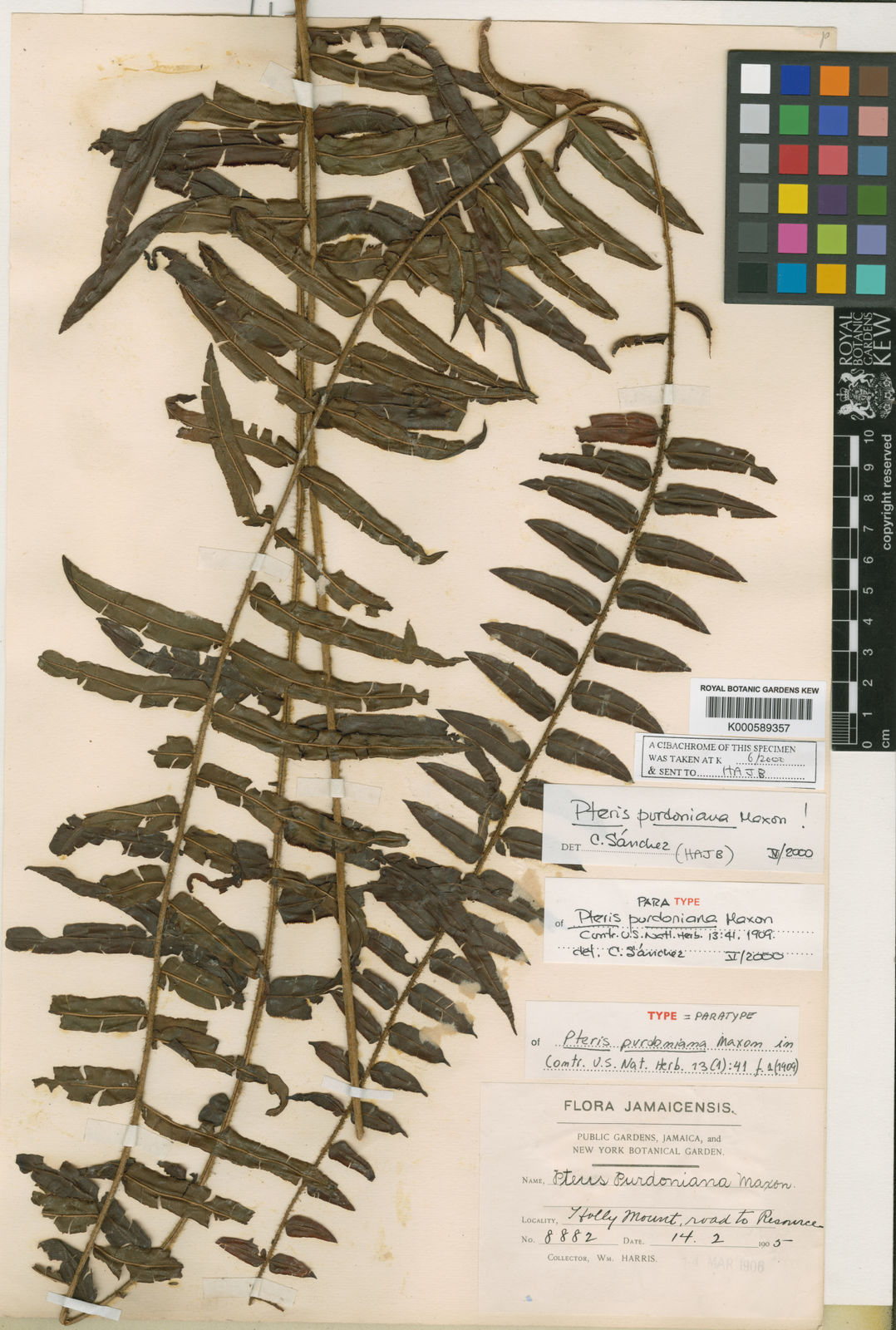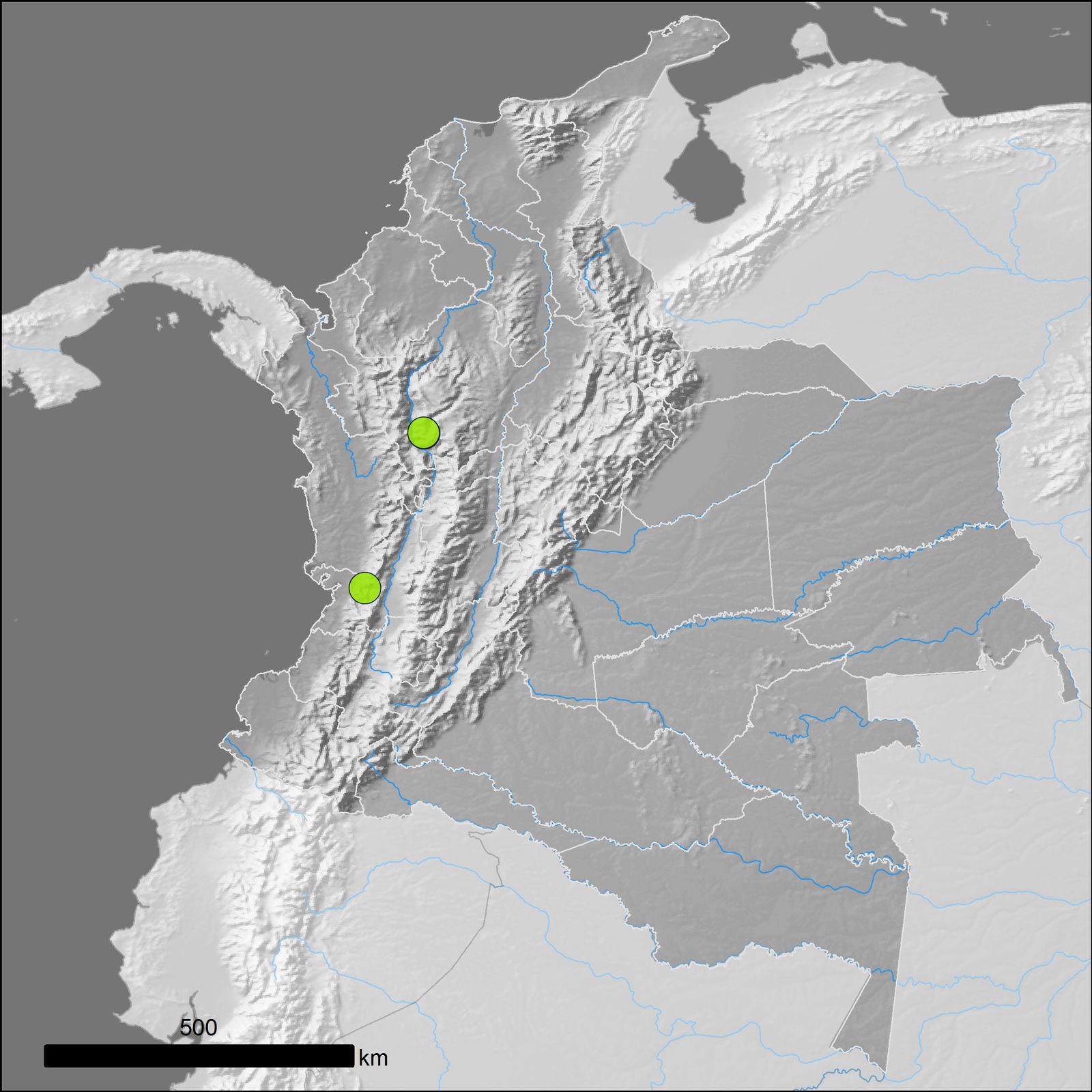Chinese ladder brake
pteris vittata
Also known as: ["Ladder brake","Chinese brake fern"]
Overview
A fern species native to Asia, notable for its ability to hyperaccumulate arsenic from soil.
Benefits & Perks
["shade tolerant","air purifying","drought tolerant"]
Botanical Classification
| Phylum: | Tracheophyta |
| Class: | Polypodiopsida |
| Order: | Polypodiales |
| Family: | Pteridaceae |
| Genus: | Pteris |
| Botanical Name: | Pteris vittata |
Plant Characteristics
Basic Information
- Category: Leaf Plants
- Suitable Location: indoor pot in bright, indirect light or shaded outdoor garden
- Suitable For:
- Is Weed: No
- Allergenicity: low
Environmental Needs
- Climate: {"temperatureRange":"10–30°C"}
- Hardiness: {"zones":"8–11"}
- Misting: rarely required, only if ambient humidity is very low
- Drainage: Fast-draining to prevent waterlogging.
- Soil Type: Well-draining, slightly acidic soil; mix of peat, perlite, and orchid bark.
Maintenance Level
- Maintenance Level: low
- Toughness Level: moderate
- Pruning Frequency: As needed; typically every few months or when fronds decline.
- Pruning Intensity: Light to moderate; remove only dead or yellowing fronds.
Care Details
Ideal Sunlight Coverage:
Bright indirect light; 4–6 hours of filtered sunlight per day; adjust for seasonal light changes.
Sunlight Tolerance Tips:
Acclimate gradually to brighter light; avoid direct sun to prevent scorching; place in a spot with dappled light if outdoors.
Care Requirements
Care Difficulty
easymoderate
Sunlight
partial shade to filtered light
Rotate plant for even growth; use sheer curtains to filter direct light; avoid south-facing windows.
Watering
every 7–10 days, allowing soil to dry slightly between waterings
Allow soil to dry between waterings; avoid overwatering; ensure good drainage.
Soil
well-draining, humus-rich potting mix
pH: 5.5–6.5 (slightly acidic).
Ensure good drainage; maintain slightly acidic pH; avoid heavy clay soils.
Temperature
Prefers 60–75°F (15–24°C); tolerates 50–85°F (10–29°C); prefers stable temperatures.
Avoid sudden temperature changes; keep away from heating/cooling vents; maintain stable conditions.
Fertilizing
every 4–6 weeks during growing season (spring–summer)
Dilute fertilizer to prevent burn; fertilize during active growth; flush soil occasionally to prevent salt buildup.
Propagation
Methods
Spores or division; spore propagation is more common for Pteris vittata.
Step-by-Step Propagation Guide
- Collect spores.
- Prepare sterile medium.
- Scatter spores.
- Keep moist and warm.
- Wait for germination.
Best Time: Spring or early summer when the plant is actively growing.
Environment
High humidity (70–90%), warm temperatures (70–75°F), indirect light.
Medium
Spore propagation requires a sterile medium like sphagnum moss or peat with perlite.
Hormone
Not required for spore propagation.
Timeline
Spores may take 1–3 months to germinate; mature plants in 6–12 months.
Tools Needed
Sterile containers, sphagnum moss, spray bottle, grow light.
Quick Tips
Keep medium consistently moist; provide indirect light; be patient with germination.
Pruning & Repotting
Pruning Guide
Method
Cut fronds at the base with clean, sharp tools; avoid cutting into healthy growth.
Pruning Plan
Remove dead or damaged fronds to maintain appearance and health; occasional shaping to control size.
Tools
Pruning shears, scissors, or a sharp knife.
Checklist
Identify dead/damaged fronds; use clean tools; cut at the base; dispose of removed fronds.
Repotting Guide
Best Season
Spring or early summer before the growing season begins.
Pot Size
One size larger pot; ensure it has drainage holes.
Method
Use fresh potting mix; gently tease out roots; place in a slightly larger pot with drainage.
Suggestions
Repot every 2–3 years or when roots fill the pot; beneficial for growth and health.
Checklist
Choose appropriate pot; prepare fresh soil; handle roots gently; water after repotting.
Advanced Care Tips
Watering Mastery
Watering Checklist
Check soil moisture; water thoroughly; ensure drainage; avoid wetting leaves.
How to Apply Water Properly
Water deeply at the root zone until water drains from the bottom; avoid wetting the foliage; water in the morning to allow foliage to dry.
Watering Schedule Tips
Water thoroughly when the top inch of soil is dry; reduce frequency in winter to prevent root rot.
Soil Improvement
Add perlite or sand for drainage; incorporate organic matter like peat for acidity.
Temperature Stress Management
Signs of Temperature Issues
Yellowing leaves, stunted growth, or browning leaf tips.
Cold Stress
Slows growth; may cause leaf discoloration or wilting in prolonged cold.
Solution: Move to a warmer location; protect from drafts; avoid cold windows.
Hot Stress
Wilting, leaf scorch, or reduced vigor in excessive heat.
Solution: Provide shade; increase humidity; water more frequently but avoid waterlogging.
Fertilizing Guide
Fertilizing Checklist
Use diluted fertilizer; fertilize monthly in growing season; stop in winter.
Fertilizing Method
Use balanced liquid fertilizer diluted to half strength; fertilize monthly during growing season (spring/summer); avoid fertilizing in winter.
Common Problems & Solutions
Toxicity Warning
Cats
ToxicCats are also at risk of arsenic poisoning from consuming Pteris vittata. The toxic effects can be severe and may lead to organ damage.
⚠️ Symptoms:
🌿 Toxic Parts:
⚡ Toxic If:
if eaten
Dogs
ToxicDogs are susceptible to arsenic poisoning from ingesting Pteris vittata. Arsenic can cause severe gastrointestinal distress and systemic toxicity in canines.
⚠️ Symptoms:
🌿 Toxic Parts:
⚡ Toxic If:
if eaten
Humans
ToxicPteris vittata, commonly known as the Chinese ladder brake, is toxic due to its high accumulation of arsenic. Ingestion can lead to arsenic poisoning, which affects multiple organ systems, including the gastrointestinal tract, nervous system, and skin.
⚠️ Symptoms:
🌿 Toxic Parts:
⚡ Toxic If:
if eaten
Frequently Asked Questions
Q: Is Pteris vittata toxic to pets?
A: There is insufficient data on its toxicity to pets.
Q: How does Pteris vittata care for indoors?
A: It prefers indirect light, moderate humidity, and well-draining soil.
Q: Can Pteris vittata remove arsenic from soil?
A: Yes, it is known for hyperaccumulating arsenic, making it useful in phytoremediation.
Quick Reference
| Family: | Pteridaceae |
| Care: | easy |
| Light: | partial shade to filtered ligh |
| Water: | every 7–10 days, allowing so |
Get Expert Care Tips
Download the Plantious app for personalized care reminders and plant identification!
Google Play App Store








